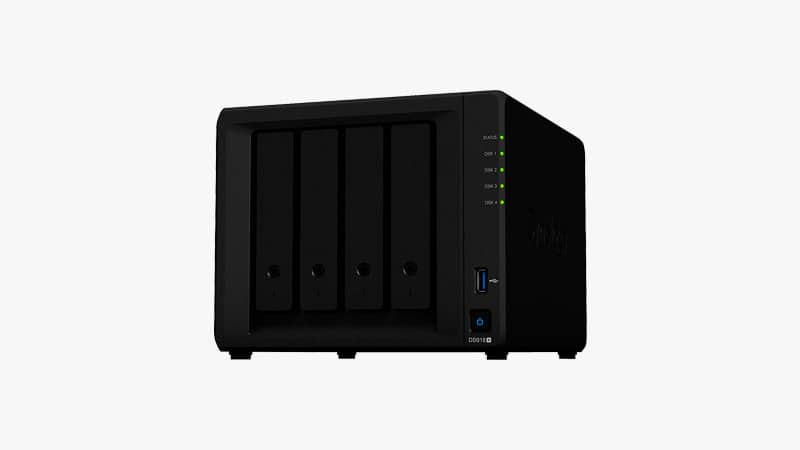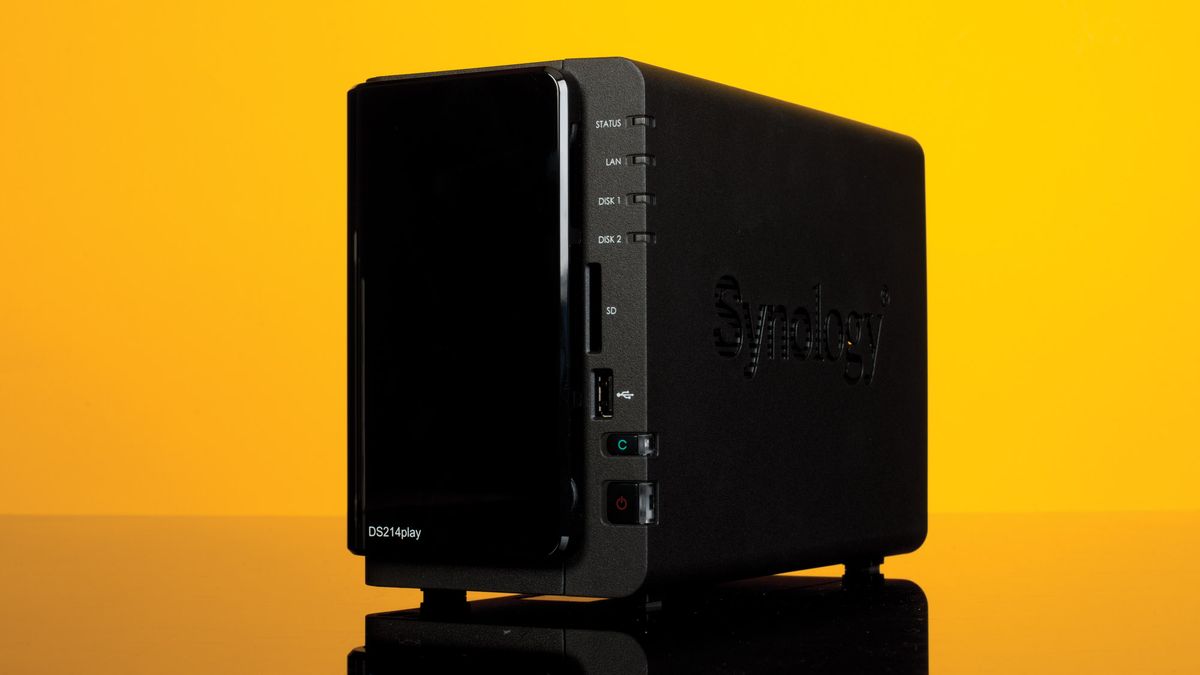


The easiest way to measure real-world NAS performance, at least for how a home NAS is typically used, is to copy files to and from the NAS and calculate the data rate. Some have email and phone support, and a few vendors also provide detailed, accessible tutorials and videos on their websites. Most of the companies behind them also offer some form of tech support, largely through online knowledge bases and forums. Most of the models we tested come with two-year warranties.
Warranty and support: Lack of customer support is one of the most common complaints in Amazon reviews of NAS devices. Hot-swappable drive bays: Hot-swappable drive bays are necessary so you don’t have to shut down the NAS to replace a failed drive or increase capacity. Third-party application support: If you want to add features or services to your NAS, you need to do that with third-party software-including media center software, web-server software, analytics, and more-so support from third parties is key. It’s also nice to have a USB port on the front of the NAS with a quick-copy function so you can copy the contents of a USB drive to or from your NAS without fussing around with software. If you plan on doing that on your own instead of with a cloud service, you’ll need your NAS to have a USB port so you can back everything up to an external drive. You should have two copies of every backup. At least two USB ports: Between backups, dongles, and other accessories, it’s nice to have at least two USB ports on a NAS. It’s better if the device can also send you an email or text message. Drive-failure notifications: A NAS should at the very least notify you with beeps and status lights if a drive fails. Music streaming should work via DLNA and iTunes without a complicated setup process. BEST NAS HOME STORAGE SOLUTION SOFTWARE
You can do this using software from the manufacturer or third-party programs like Plex.
Media-streaming capabilities: Most NAS boxes can stream videos and music to various devices in your home. And a NAS should offer a Dropbox-like file-syncing service so you can sync files across computers. It should also allow you to back up easily to a cloud storage service like Amazon Glacier or Backblaze. Wide support for backups: A NAS should support computer backups via File History or system-image tools on Windows, Time Machine on Mac, and rsync for Linux. NAS software tends to take a kitchen-sink approach that often makes it confusing to use, but some operating systems, like those from QNAP and Synology, are better than others. Easy-to-use software: Each NAS manufacturer has its own operating system. A NAS that includes hardware encryption acceleration offers read and write speeds that are much faster than those of a model that relies solely on software encryption. (It can also protect sensitive data on a NAS that’s on a larger network, or one that attackers could target.) Some NAS boxes can also encrypt data before backing it up to a cloud service, providing an extra level of protection in case the cloud service is hacked. Hardware-level encryption acceleration: File encryption is good to use even if you access your NAS exclusively inside your home network, because it protects your data if someone breaks into your house and steals your NAS or your disks. Most NAS devices released within the past year have at least 2 GB of RAM, so we stuck with that as our minimum. CPU and RAM: We preferred a reasonably powerful dual-core Intel Celeron processor, but we didn’t rule out ARM-based configurations as long as their processing speeds were similar. If you opt for a cheaper model, you usually sacrifice read and write speeds or end up with a less-polished operating system. More than that, and you’re entering more complex and powerful business-class territory. Price: For home use, you don’t need to pay more than around $250 to $350 for a two-bay NAS (not including the price of the hard drives, unfortunately). Single-drive NAS devices don’t provide this sort of data protection, and NAS boxes with more bays introduce more complex RAID configurations, such as RAID 5, RAID 6, or RAID 10, that require more planning and research to configure. As a result, your data remains safe and accessible even if a drive fails. This setup gives you half the NAS’s actual amount of storage for files: For example, a NAS with two 8 TB drives in RAID 1 still has 8 TB of total space available ( equivalent to about 300 Blu-rays), not 16 TB. For most home uses, a two-drive NAS is just right because it protects your data by mirroring the contents of one drive to the other (a configuration known as RAID 1, or a mirrored array). Two drive bays: Hundreds of NAS devices are available, and you can find models with one, two, four, eight, or more drive bays.






 0 kommentar(er)
0 kommentar(er)
